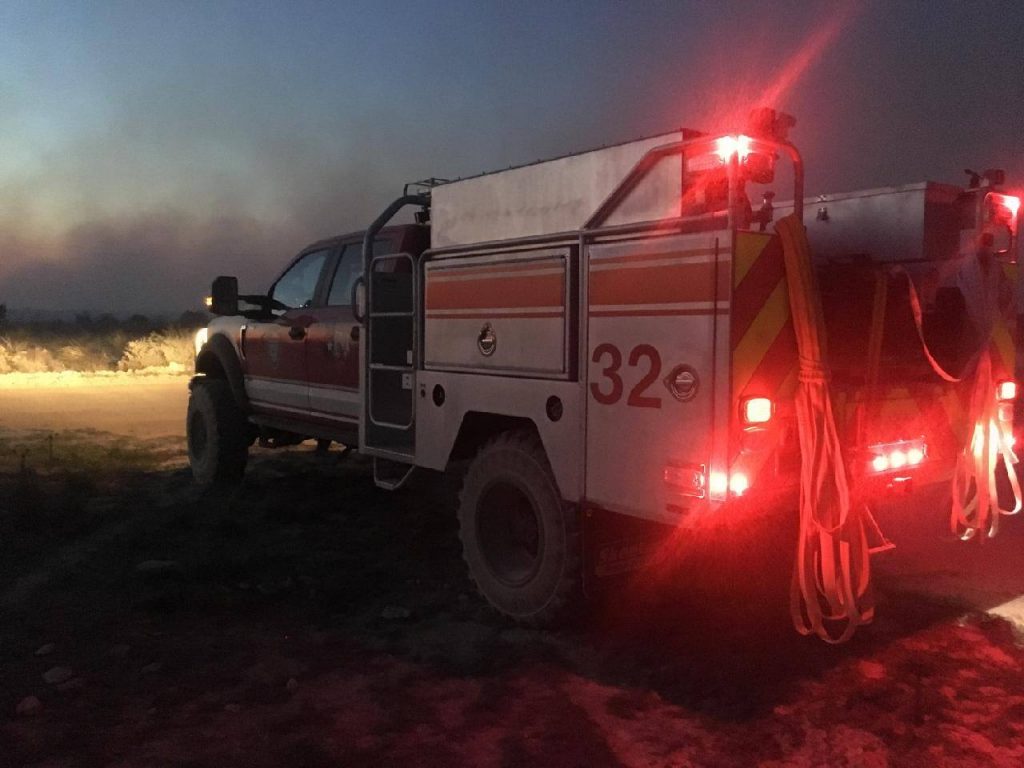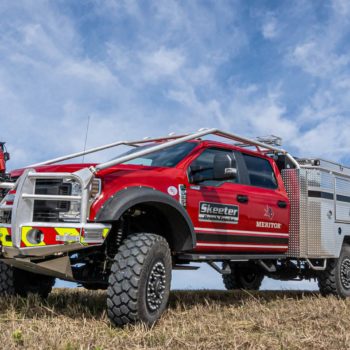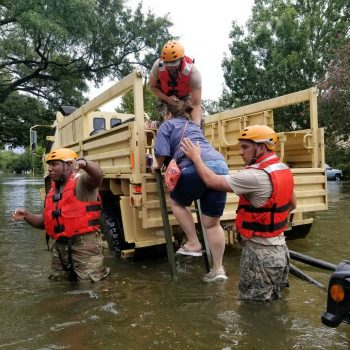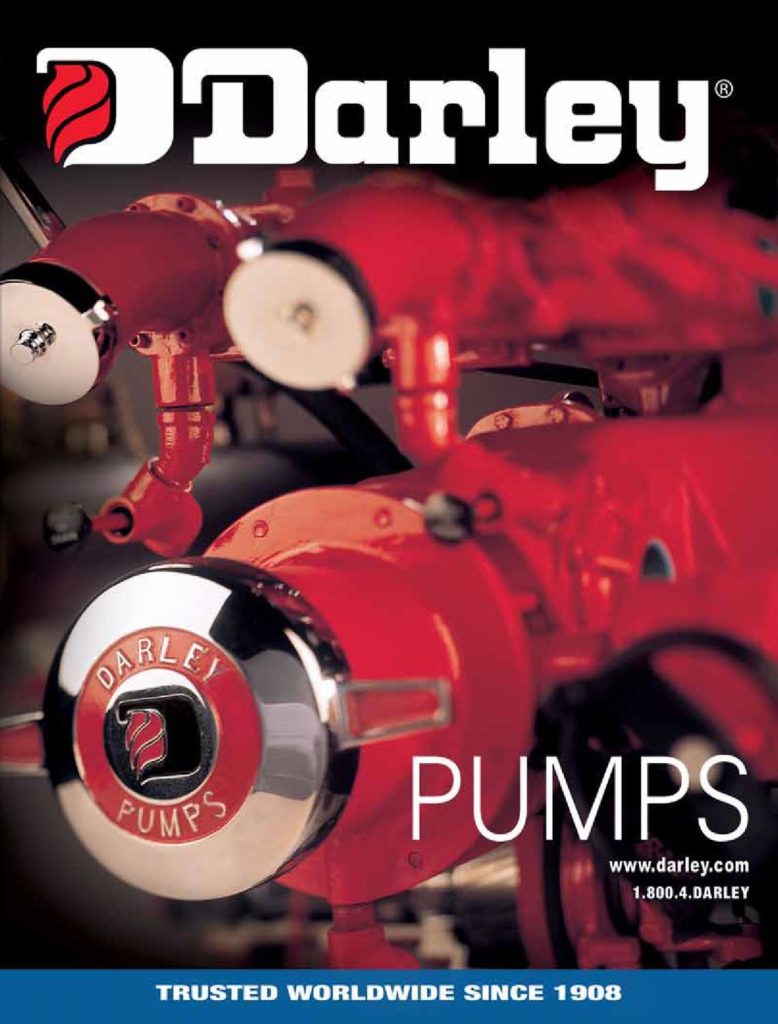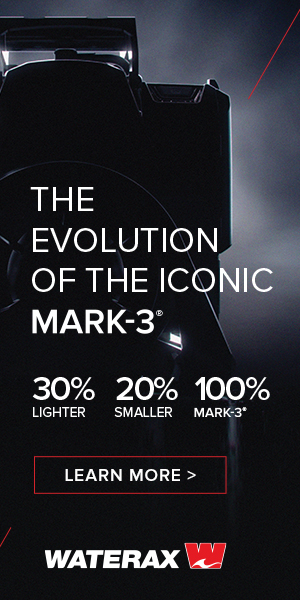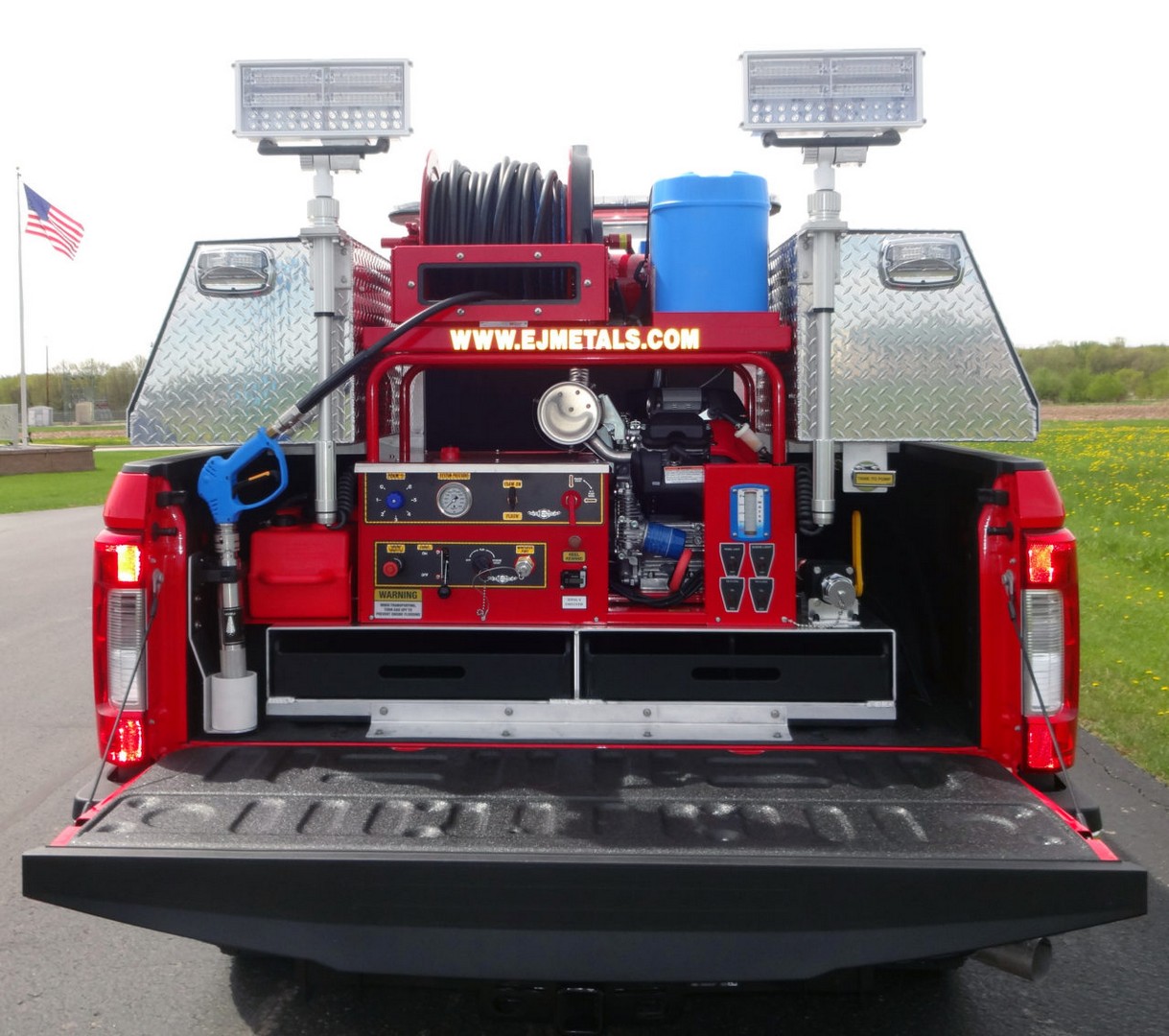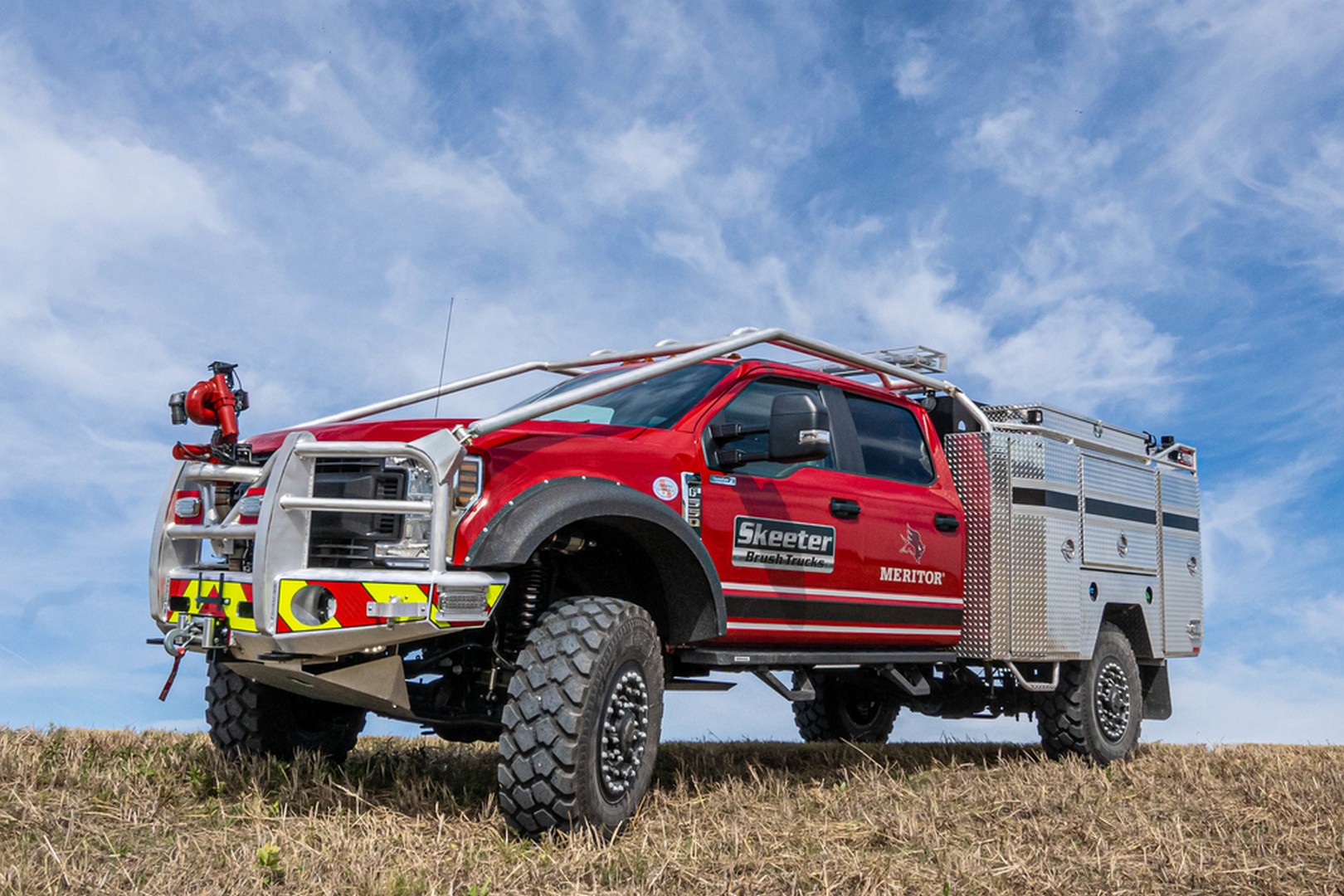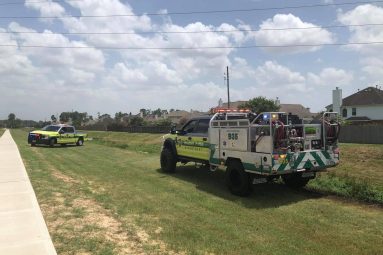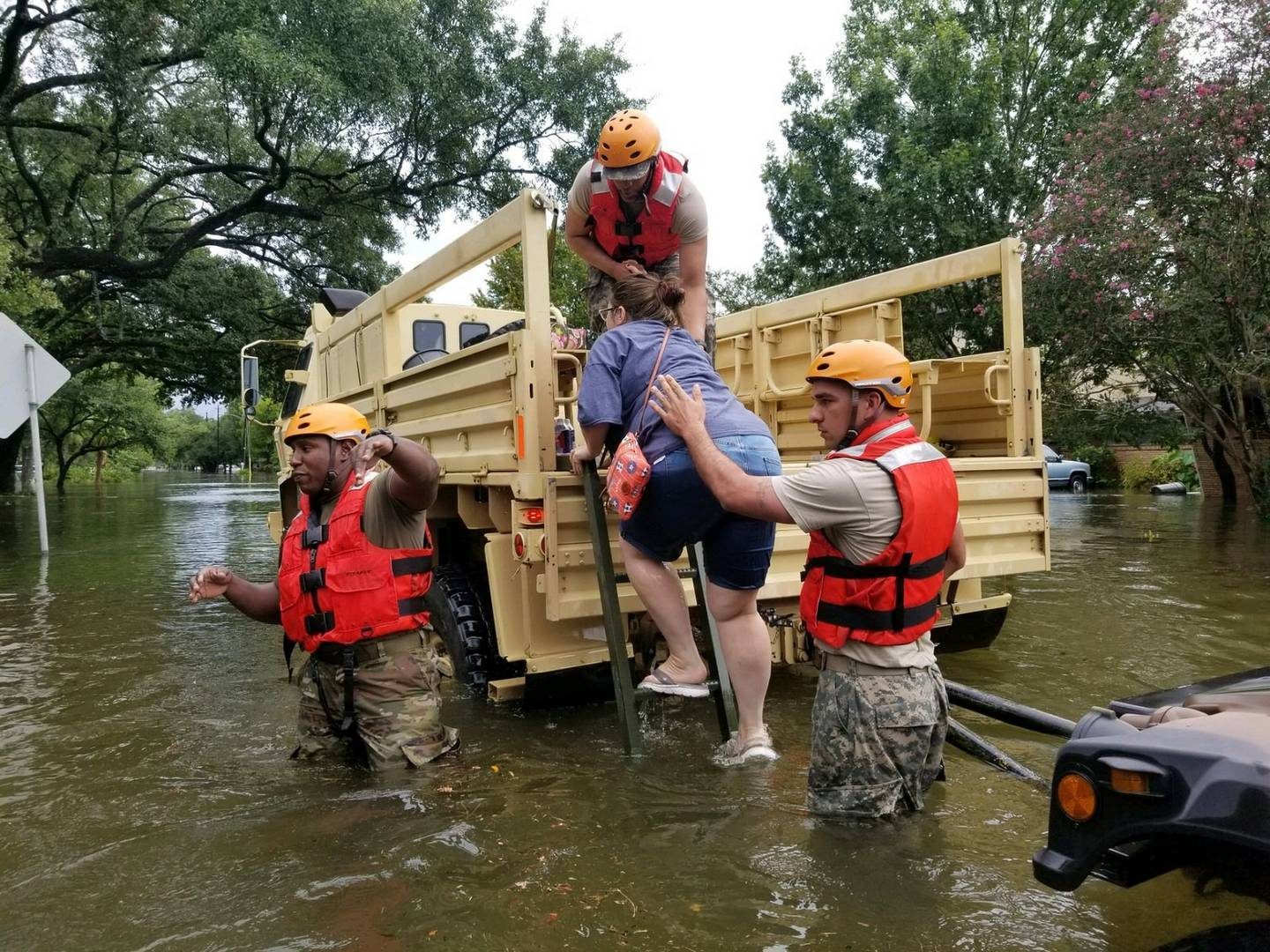The need for fire departments to purchase wildland fire apparatus is greater than ever in todays world. More intense droughts, more housing and business in the wildland interface area, and a greater population are all contributing factors to wildfires growing in frequency, size, and intensity. These purpose-built apparatuses can range from small UTV’s with a 50-gallon water tank, to massive, six-wheel drive trucks carrying 2,000 gallons or more. The one thing that these apparatus all have in common is the ability to perform in areas traditional Class A pumpers would not be operationally feasible. These areas include rough dirt roads, open fields, and even cross country in very aggressive terrain like mountains. Unlike structural engines, they also perform pump and roll operations, critical to covering large areas and getting to the fire as it moves and changes fuel types.
There are two governing bodies that dictate how wildland apparatus are constructed. NFPA 1906[1], and NWCG Engine and Water Tender Typing Standards[2]. While the NFPA standard dictates standards on acceleration, tilt, braking, pump size, and safety items, NWCG is more of a performance guideline, dictating pump performance, water capacity, equipment and personnel for a given class of apparatus. Both entities are very useful guides when specifying wildland apparatus. For simplicity of this article, wildland apparatus are being broken down into 4 sizes, very small, small, medium and large.
Very Small Wildland Apparatus: NWCG classifications Type 7. These apparatus range are generally constructed on UTV and ATV chassis. They have very small water tanks, 20-100 gallons, with around 50 gallons being common. Pump volumes are usually less than 200 gpm, and pressures around 50-150 PSI are common. They are highly mobile and inexpensive but are limited to off-road operation. These apparatus require a trailer and support vehicle to get them to and from the scene.
Small Wildland Apparatus: NWCG classifications Type 5 and 6. These vehicles range from 9,000 lbs gvw to 19,500 lbs. gvw. Typically, these apparatus are the size of a large pick-up truck. Most are four-wheel drive, and come with diesel engines, although a significant amount still use gasoline engines. Water tank size range from 200 gallons to 500 gallons with 300 – 400 gallons being the most common. Pump volume ranges from 100 to 400 gpm are seen, with 200 -300 gpm being the most common. Both gas and diesel pumps are used, with gasoline being the most prevalent.
Medium Wildland Apparatus: NWCG classifications Type 3 and 5. Although not a new size class, this weight vehicle is starting to see a resurgence in popularity due to new chassis being re-introduce to the market. The most common gvw in this classification is 23,000 lbs. The advantages are more water and storage capacity, high horsepower engines, and relatively small size and weight compared to larger apparatus. Water capacity and pump sizes are about 20% higher than the small wildland apparatus. These vehicles are not significantly more in cost than the smaller apparatus, and give a lot of performance for their price. In addition, because they are less than 26,000 lbs. gvw, they don’t require a Class B drivers license.
Large Wildland Apparatus: NWCG classifications Type 3 and 4, Structural Engines Type 1 and 2, and Tactical Tenders Type T1 and T2. These apparatus are the heavy hitters in the wildland world. GVW’s range from 26,000 lbs. gvw to over 60,000 lbs. gvw. They are big, heavy trucks, have large tires and ground clearance, and high horsepower engines. Tank size will range from 500 to 3,000 gallons, depending on the NWCG classification the apparatus is intended to operate under. Pumps can be PTO driven, engine driven, or PTO and engine driven. Volumes range from 250 to well over 1,000 gpm, and 150 to 300 psi or more. Because of their high capacity, the larger tank size apparatus can support smaller apparatus as nurse tenders when needed.
All of these types of wildland apparatus can have options such as Class A foam, CAFS, armor protection, high mobility suspensions, larger tires, roll cages, winches, apparatus fire suppression systems with window fire curtains, and other items making them highly suited to wildland firefighting.
Apparatus cost is a big issue, and dedicated fire apparatus that sit in the station many months out of the year without making a response can be viewed as liabilities. Because of the this, many departments are specifying wildland apparatus with the ability to perform additional tasks like high water evacuation, pulling trailers, and water support. This extra bang for the buck makes sense, provided the primary task of wildland firefighting is not diminished.
Just as fire apparatus manufacturing guidelines are dictated by NFPA and NWCG, manufacturers rely on FAMA[3] to support them, and provide valuable information. FAMA is also useful to the end user (fire department), by giving detailed information regarding the information needed to make educated decisions regarding specifications for apparatus. This comes in the form of Buyers Guides, which can be quite useful in specifying fire apparatus.
William Davidson is Vice President of Sales for Skeeter Brush Trucks. He spent 31 years with the San Antonio Fire Departments Technical Rescue Team, as well as a Rescue Squad Officer and Swiftwater Boat Operator for FEMA USAR TXTF-1. In addition, he is President of District 7 Fire/Rescue. He has been a member of FAMA since 2016.
[1] NFPA 1906, Standard for Wildland Fire Apparatus, 2016 Edition
[2] NWCG (National Wildland Coordinating Group), Engine and Water Tender Typing Standards, 006-2008

